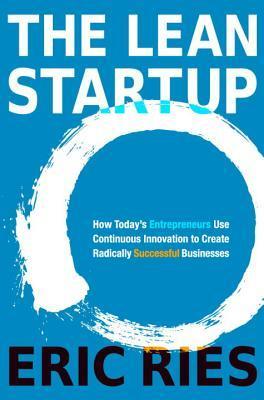More on this book
Community
Kindle Notes & Highlights
by
Eric Ries
Read between
November 1, 2023 - May 6, 2024
I prefer to use the broadest definition of product, one that encompasses any source of value for the people who become customers.
IM is thought to follow Metcalfe’s law: the value of a network as a whole is proportional to the square of the number of participants. In other words, the more people in the network, the more valuable the network.
IM products have high switching costs. To switch from one network to another, customers would have to convince their friends and colleagues to switch with them.
“Traditionally, the product manager says, ‘I just want this.’ In response, the engineer says, ‘I’m going to build it.’ Instead, I try to push my team to first answer four questions: 1. Do consumers recognize that they have the problem you are trying to solve? 2. If there was a solution, would they buy it? 3. Would they buy it from us? 4. Can we build a solution for that problem?”
I call the riskiest elements of a startup’s plan, the parts on which everything depends, leap-of-faith assumptions. The two most important assumptions are the value hypothesis and the growth hypothesis.


